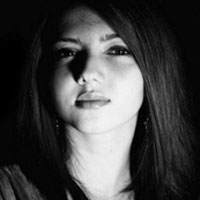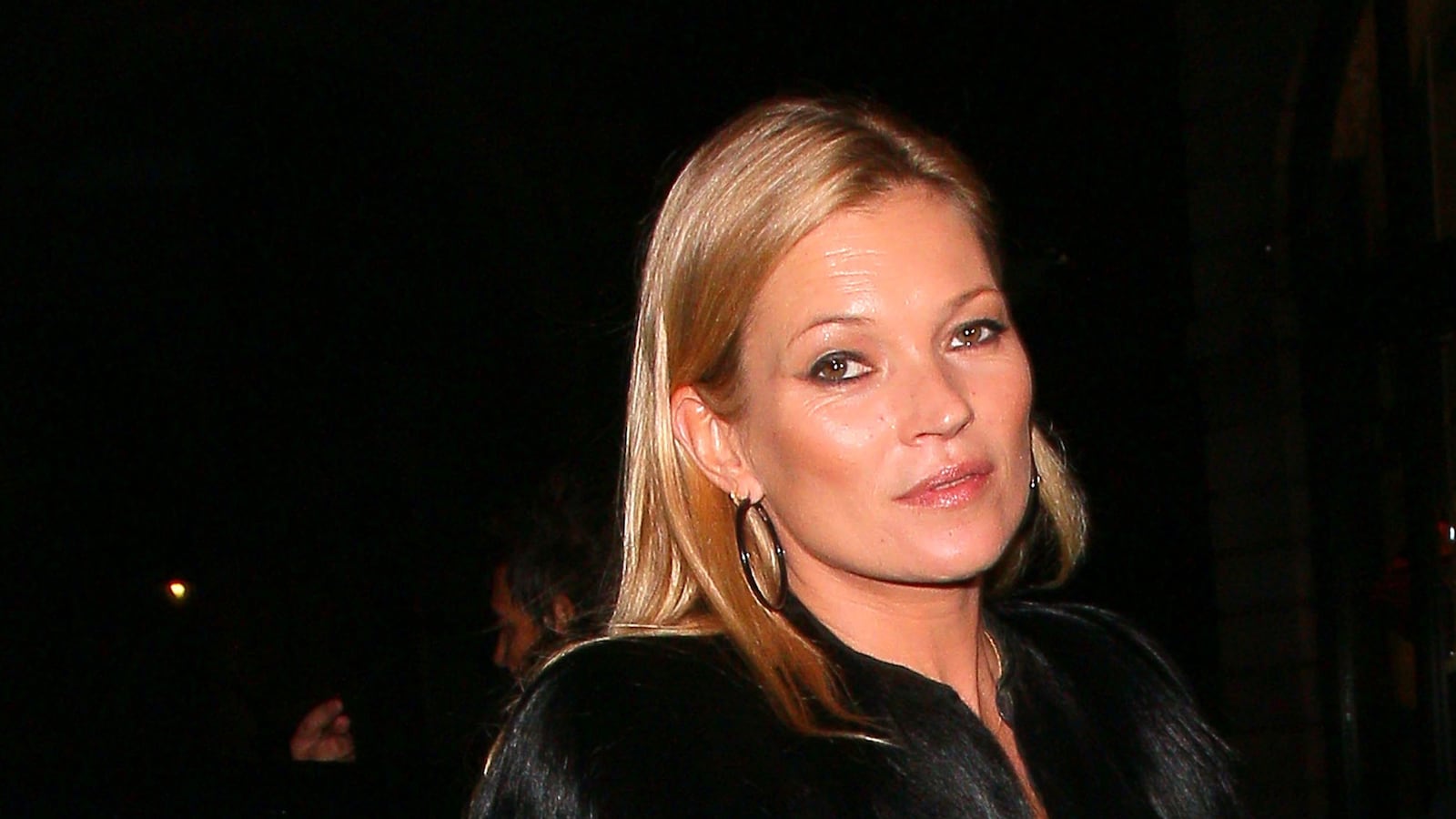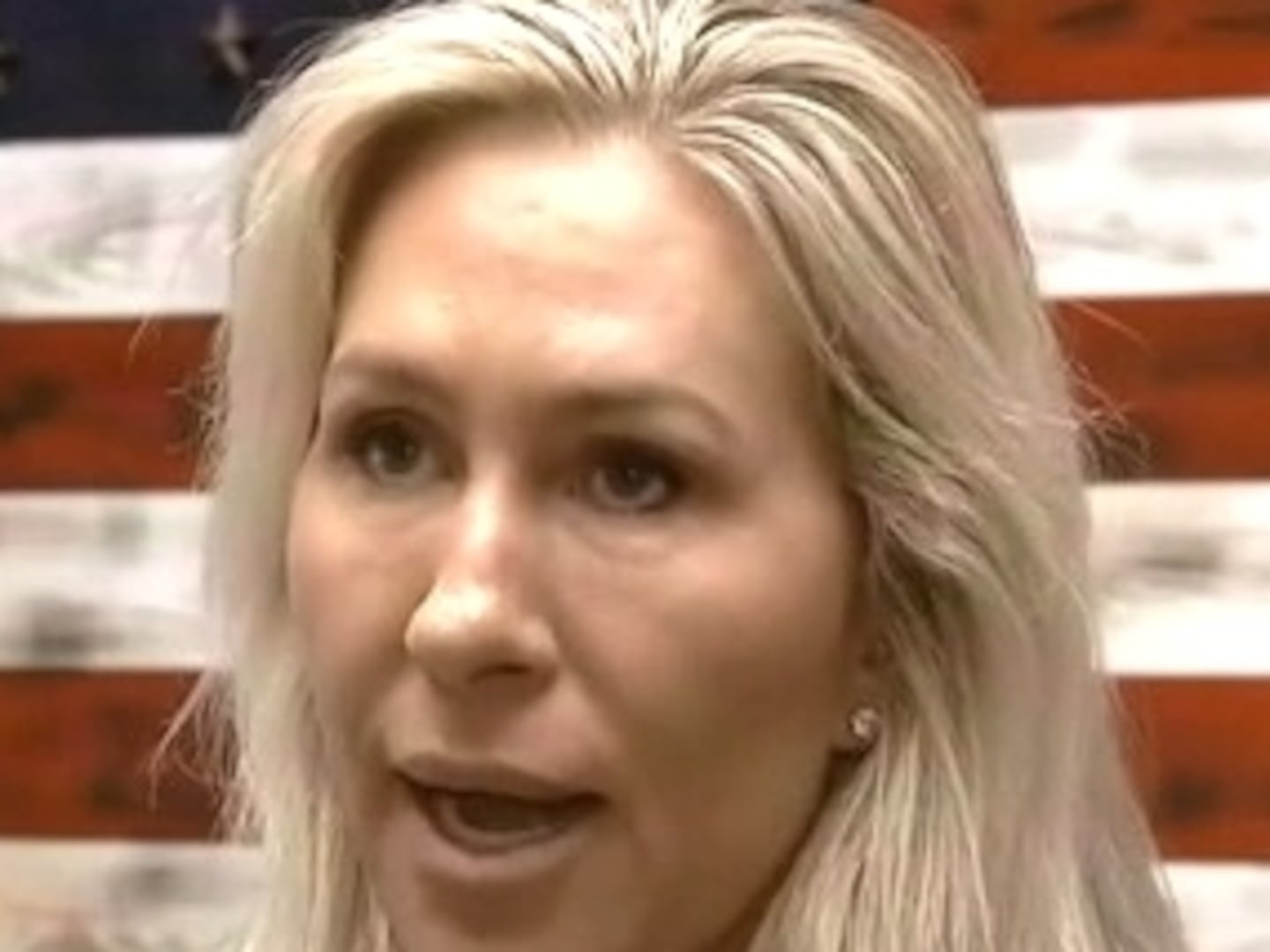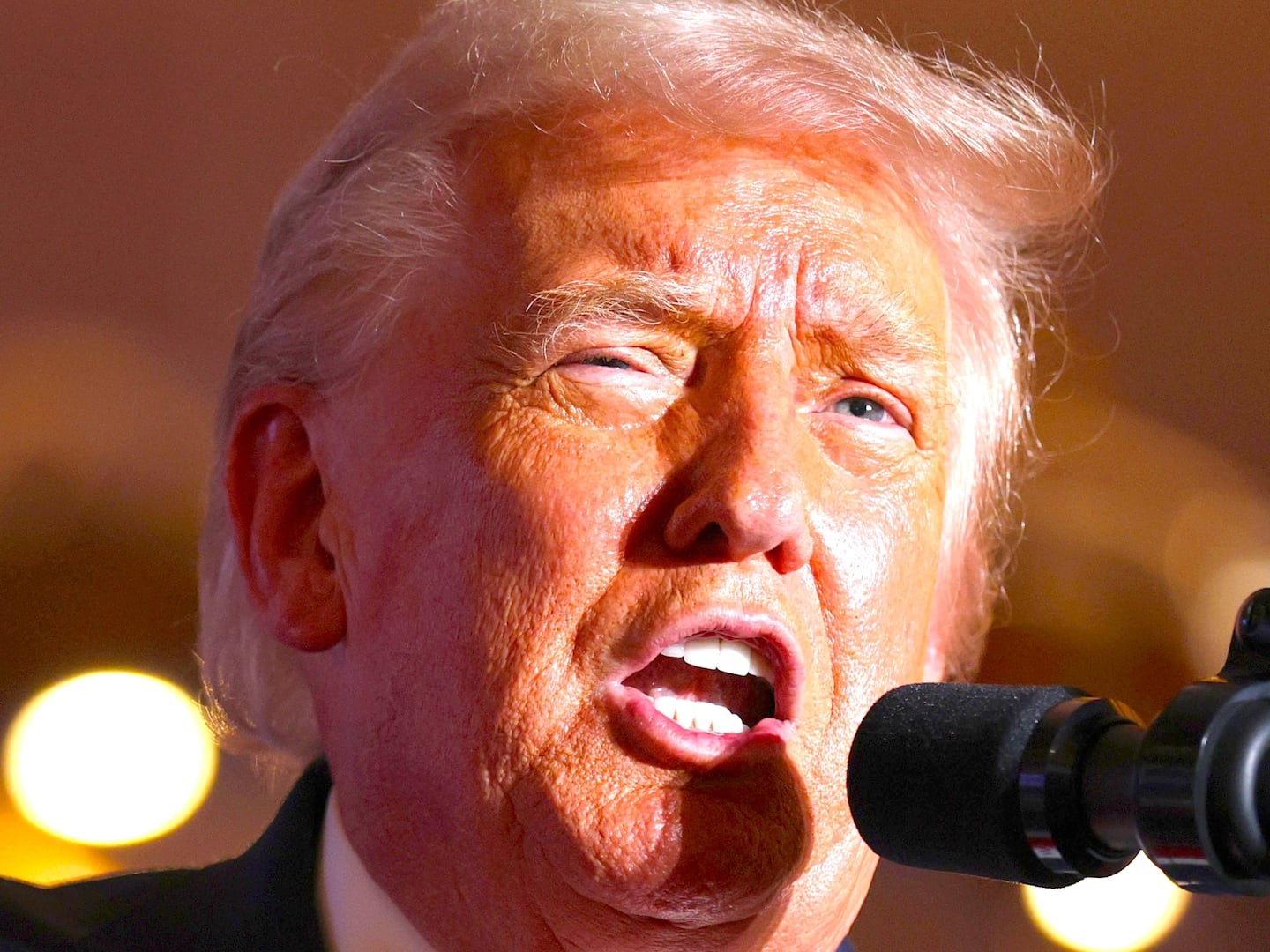News broke yesterday that after a safe landing on a flight from Turkey to London, an EasyJet pilot had turned over one of his passengers to the police for supposed disorderly and drunken conduct. The passenger, unfazed, allegedly took the opportunity to have the last word: “You’re a basic bitch.”
Cue the headlines. Kate Moss strikes again.
There are few public figures who can claim the iconicity of Kate Moss, and fewer still who can claim the kind of ever-evolving badassery that made Moss an icon in the first place. She is an emblem of cool, her image an evergreen source of inspiration for youthful nonconformists since her debut at 15 in the world of high fashion. Photos of Moss (often with her most famous ex, Johnny Depp) that once ran in magazines now take up space on millions of Tumblr pages and Pinterest profiles—a badge of the nostalgia harbored by today’s teens for the halcyon days of a ’90s era they couldn’t quite experience for themselves.
If the supermodel era that immediately preceded Moss’s ascent was defined by realized visions of the impossible—amazons Christy Turlington, Linda Evangelista, Cindy Crawford, and Naomi Campbell gliding down the runway for Gianni Versace—then what Moss represented was either perfection perversed or the perverse perfected, depending who you asked. She was freckly, with crooked teeth and an even more crooked accent, and all told, relatively short by model standards. And she was skinny. Not slender, but skinny, her natural frame an uncanny echo of the addicts and dying AIDS victims that bourgeois society was, at that moment in the early 1990s, trying to ignore.
Credited with the rise of “heroin-chic,” the images of a young Moss that ran in the pages of The Face and Vogue and in campaigns for Calvin Klein became timeless. But the artists behind the rise of Kate Moss—photographers like Corinne Day, Mario Sorrenti, Glen Luchford, Nigel Shafran—were influenced less by the candy glitz of the fashion industry and more by the morbid underworld explored in photography from figures like Nan Goldin and Joel-Peter Witkin. Even the designers who rose alongside Moss, controversial characters like John Galliano and Alexander McQueen, used her as a means to realize their visions of otherworldliness. In response, almost naturally, every element of society’s ills—from drug use to anorexia and pedophilia—were pinned on a then-teenaged Moss by both the media and the public. And to some extent, those associations persist, regardless of the actual events of her life. Reading the accounts of fellow passengers, it’s not hard imagining the pilot of the EasyJet plane who handed Moss to authorities relishing the opportunity to teach a lesson to one of the world’s most notorious bad girls.
What is it about Moss that inspires such extreme reactions? After all, it’s not every blond upstart from south London who can claim (among other things) non-corporeally closing an Alexander McQueen show as a three-dimensional hologram, being condemned by a sitting American president, cast in a yoga pose for a near life-sized solid gold statue, and maybe most incredibly, supported by the fashion industry as a cover-ready model for over 25 years.
For one, Moss has been hailed by leaders of the industry as a style prodigy, able to put together unorthodox, yet personal looks in ways that surprise even the designers of the clothes themselves. The fashion industry likes to hide the labor that it takes to craft the perfect images that grace runways and magazine covers—the hours models spend perfecting their walks, learning the angles of their faces that best catch the light, memorizing the way a dress that’s been properly draped and fitted falls. Besides the anecdotal evidence offered by friends and collaborators, perhaps the best way to appreciate Moss’s unique skills as a model are through videos of her walking the runway, where she marries a technical ability to manipulate the lines created by fabric in motion with a seemingly unvarnished personal style—still a bit awkward, still a bit naughty after all her years in what is supposedly a homogenous and homogenizing industry.
But if it’s on the catwalk that you gain a sense of Moss as a human being, then it is in print that Kate Moss, the myth, truly emerges. Some models make their name on the ingenuity of their pictures, on the amount of ways they can reconfigure themselves, but Kate Moss’s face is iconic in its stoicity. There is no Kate Moss character, there’s just mouth open, mouth closed, head up, head down, and the rare not-quite-candid where the veneer cracks, revealing the quirks underneath the perfect surface.
Moss is famous for her tight-lipped relationship with the media; commenting in a rare interview with Vanity Fair, Moss states her philosophy as a public figure, “Never complain, never explain…I don’t want people to know what is true all the time, and that’s what keeps the mystery.” And her photographs follow suit, her extraordinary face kept blank like a mask for the artist and then the customer to project upon.
In her own words, “I just live my life, and then I work. There’s a difference between me and what I do.”
Maybe that’s the secret to Moss’s enduring success, in spite of controversies big and small. In a social media world where nothing is off-limits, where models like Cara Delevingne and Kendall Jenner stake their professional reputation on their ability to market public personas, Kate Moss sells clothes, not herself.






